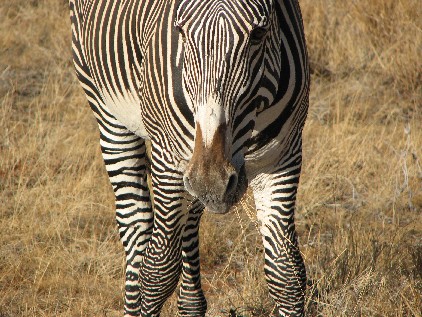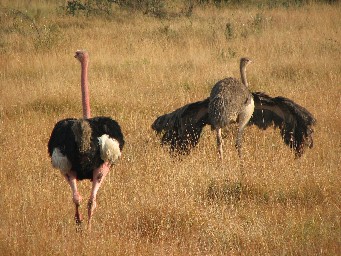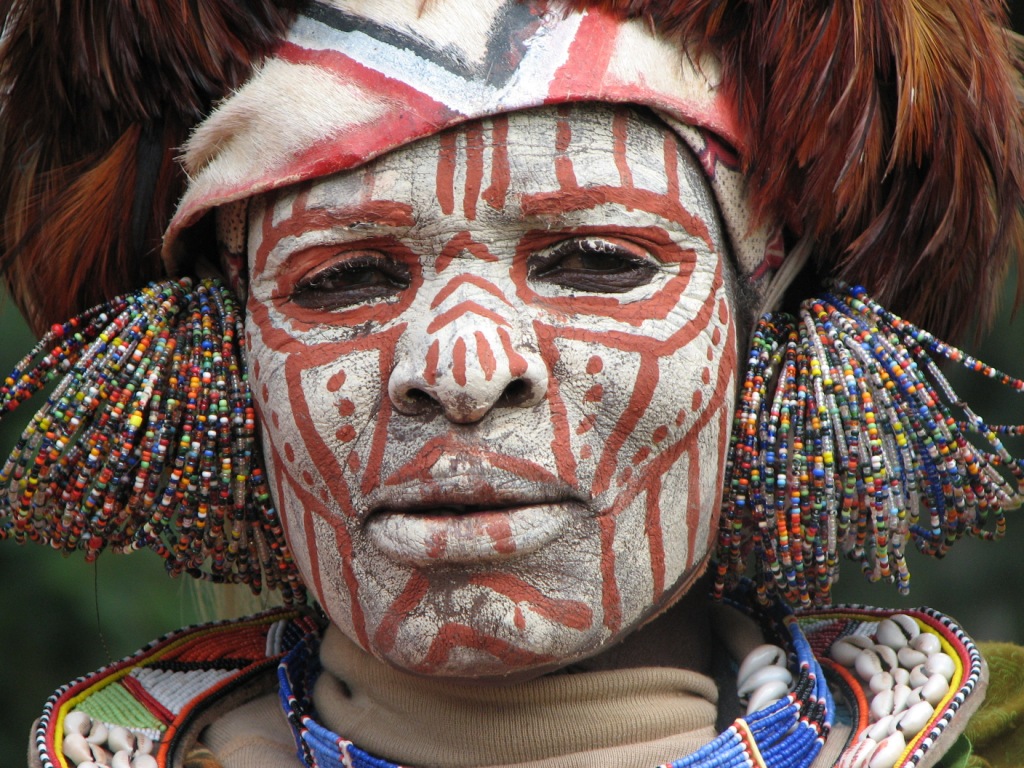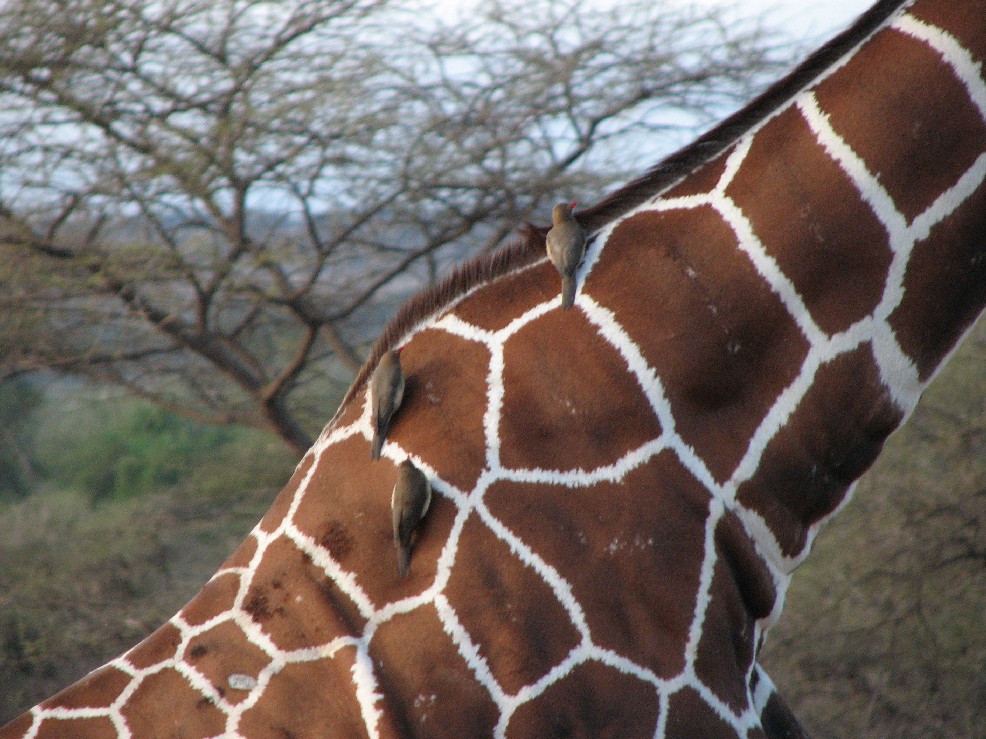 Recently I had the pleasure to visit the southern most island in the Vanuatu archipelago, Anietjum Island. Go any further south and you are in New Caledonia.... and everyone knows the kava is better in Vanuatu. I got the chance to return to the island in order to train a group of twenty strong local men and women how to survey their reef resources using Reef Check. I also got to take along a fellow PCV, Katie Thomson, and a fisheries officer from the south, Wilson Yuri, in order to train them to facilitate future trainings.
Recently I had the pleasure to visit the southern most island in the Vanuatu archipelago, Anietjum Island. Go any further south and you are in New Caledonia.... and everyone knows the kava is better in Vanuatu. I got the chance to return to the island in order to train a group of twenty strong local men and women how to survey their reef resources using Reef Check. I also got to take along a fellow PCV, Katie Thomson, and a fisheries officer from the south, Wilson Yuri, in order to train them to facilitate future trainings.Anietjum was the first island in all of Vanuatu in which there was a permanent European
 establishment, commencing in 1844 with the arrival of James Paddon a merchant interested mainly in sandalwood but also replenishing whaling ships. Mr. Paddon set up a trading station on Inyeug Island (now known as Mystery Island) in 1852, villagers happily allowing Paddon access to the small uninhabited island which they believed to be haunted with spirits. Over 40 years the merchants logged the island for sandalwood and eventually moved on to an island in the north, Erromongo one of the richest sources of sandalwood in the south Pacific. Whalers continued visiting, using large pots to melt down whale blubber and restocking their ships for future voyages. Mystery Island (or Inyeug Island) is now home to a tourism project, the small white sand beached island flooded with tourist from large cruise liners from Australia at periodic episodes. Both activities have left the villagers of Anietjum plundered in different ways... although that is not the subject of this blog.
establishment, commencing in 1844 with the arrival of James Paddon a merchant interested mainly in sandalwood but also replenishing whaling ships. Mr. Paddon set up a trading station on Inyeug Island (now known as Mystery Island) in 1852, villagers happily allowing Paddon access to the small uninhabited island which they believed to be haunted with spirits. Over 40 years the merchants logged the island for sandalwood and eventually moved on to an island in the north, Erromongo one of the richest sources of sandalwood in the south Pacific. Whalers continued visiting, using large pots to melt down whale blubber and restocking their ships for future voyages. Mystery Island (or Inyeug Island) is now home to a tourism project, the small white sand beached island flooded with tourist from large cruise liners from Australia at periodic episodes. Both activities have left the villagers of Anietjum plundered in different ways... although that is not the subject of this blog.If there is one thing to be learned from European history in the Pacific is that after the merchants come the missionaries are sure to follow and indeed the first church in present day Vanuatu was
 erected in Anietjum in May of 1848 when a Scottish Presbyterian minister, John Geddie, built a large stone church that would seat hundreds of people in Anelghowhat village. Minister Geddie, in his fundamentalist Presbyterian mindset, outlawed everything from kava and dancing to participation in customary ceremonies. And although the minister converted nearly 3,000 of the original 12,000 inhabitants of the island, the seats of the large church would remain less than full due to the tragic epidemics that would leave the island's population as low as 250 by 1905. The first wave of epidemics
erected in Anietjum in May of 1848 when a Scottish Presbyterian minister, John Geddie, built a large stone church that would seat hundreds of people in Anelghowhat village. Minister Geddie, in his fundamentalist Presbyterian mindset, outlawed everything from kava and dancing to participation in customary ceremonies. And although the minister converted nearly 3,000 of the original 12,000 inhabitants of the island, the seats of the large church would remain less than full due to the tragic epidemics that would leave the island's population as low as 250 by 1905. The first wave of epidemics  struck prior to 1860 and nearly 3,500 lives were lost to influenza, diphtheria and whooping cough. The following year claimed half the remaining population due to dysentery and measles, the dead so numerous that bodies had no grave but the turquoise blue waters. The church itself was destroyed, albeit for some masonry relics, by a tsunami in 1875 and as I looked at this shell of a relic among the contemporary village it seemed a metaphor for a larger emptiness on the island, a tragic reduction in population and culture. Currently the population in Anietjum remains under 1000. The Reef Check workshop was held on in the largest village on the island, Anelgowhat which has nearly 600 villagers in several small stations facing Mystery Island. Today you can see results of strong family lines and a bottle necked genetic population, traits such as blond hair are much more common on this small island and I was amazed to see how many blond children ran about the village chasing each other in laughter.
struck prior to 1860 and nearly 3,500 lives were lost to influenza, diphtheria and whooping cough. The following year claimed half the remaining population due to dysentery and measles, the dead so numerous that bodies had no grave but the turquoise blue waters. The church itself was destroyed, albeit for some masonry relics, by a tsunami in 1875 and as I looked at this shell of a relic among the contemporary village it seemed a metaphor for a larger emptiness on the island, a tragic reduction in population and culture. Currently the population in Anietjum remains under 1000. The Reef Check workshop was held on in the largest village on the island, Anelgowhat which has nearly 600 villagers in several small stations facing Mystery Island. Today you can see results of strong family lines and a bottle necked genetic population, traits such as blond hair are much more common on this small island and I was amazed to see how many blond children ran about the village chasing each other in laughter. Anietjum, in particular Anelgowhat village, was a ideal village to host a Reef Check workshop due to their high dependence on marine resources, impacts of large scale tourism (such as selling hundreds of lobsters and shells when the boats come in) and the rather large amount of fisheries related projects such as mariculture and restocking efforts by various agencies in Vanuatu. The island itself is surrounded by at least two large reef systems and is rich in marine resources while the communities are struggling to
Anietjum, in particular Anelgowhat village, was a ideal village to host a Reef Check workshop due to their high dependence on marine resources, impacts of large scale tourism (such as selling hundreds of lobsters and shells when the boats come in) and the rather large amount of fisheries related projects such as mariculture and restocking efforts by various agencies in Vanuatu. The island itself is surrounded by at least two large reef systems and is rich in marine resources while the communities are struggling to  implement customary closures and implement management plans. There is a strong turtle monitoring program in Anietjum with a local man named Alan, capturing, measuring and tagging nearly 70 turtles a year and providing this data to a regional data base. The workshop in Anietjum focused on understanding the ecological effects of the changing economic and environmental conditions as well as re-enforcing local management techniques. Reef Check in many aspects can strengthen local tenure systems, through a system of cooperative management, which utilizing both traditional methods (taboos) and scientific methods of monitoring (Reef Check).
implement customary closures and implement management plans. There is a strong turtle monitoring program in Anietjum with a local man named Alan, capturing, measuring and tagging nearly 70 turtles a year and providing this data to a regional data base. The workshop in Anietjum focused on understanding the ecological effects of the changing economic and environmental conditions as well as re-enforcing local management techniques. Reef Check in many aspects can strengthen local tenure systems, through a system of cooperative management, which utilizing both traditional methods (taboos) and scientific methods of monitoring (Reef Check). Two nights Katie and I were able to corral some participants away from the kava to go night diving for turtles. The first night was surreal and psychologically a bit challenging for me. The night waters were full of bio luminescent organisms, plankton that glow, and our boat chopped through what looked likes starts against a deep black night sea. As we are traveling in our 16 foot aluminum boat we are talking about the adventures of the past and fishing tales when our star turtle tagger relates a recent story of a night-time pursuit of a turtle which abruptly ended when he realized that a tiger shark, bigger than his boat, was also doing a bit of night time turtle hunting in the area. He leaves the last sentence hanging in the air as I am already perched, fins and mask on, ready to take that backwards flop into the water. I have no underwater flashlight and was resigned to following Alan in the water much like a cygnet follows the mother swan, probably a bit less graceful however. Alan would occasionally just turn the light off, leaving me in absolutely dark water save the ocean stars, those beautiful glowing plankton, which seemed so other-worldly. It only took about 5 minutes to catch the turtle which was sleeping in a shelf on the reef.
Two nights Katie and I were able to corral some participants away from the kava to go night diving for turtles. The first night was surreal and psychologically a bit challenging for me. The night waters were full of bio luminescent organisms, plankton that glow, and our boat chopped through what looked likes starts against a deep black night sea. As we are traveling in our 16 foot aluminum boat we are talking about the adventures of the past and fishing tales when our star turtle tagger relates a recent story of a night-time pursuit of a turtle which abruptly ended when he realized that a tiger shark, bigger than his boat, was also doing a bit of night time turtle hunting in the area. He leaves the last sentence hanging in the air as I am already perched, fins and mask on, ready to take that backwards flop into the water. I have no underwater flashlight and was resigned to following Alan in the water much like a cygnet follows the mother swan, probably a bit less graceful however. Alan would occasionally just turn the light off, leaving me in absolutely dark water save the ocean stars, those beautiful glowing plankton, which seemed so other-worldly. It only took about 5 minutes to catch the turtle which was sleeping in a shelf on the reef.When the turtles are captured there is a form to be filled out which includes the species, length
 of the shell, width of the shell, and width of the head. Two metal tags are attached, each with different numbers, to the fleshy part of the front flippers, much like turtle ear rings. These tags are important and if recaptured will allow us to have some insight into the growth rates and migratory movements of the turtles. The shell of this green turtle was brilliant and one of the men said to us that the local language name for the green turtle in Anietjum translates to the "sunrise turtle" due to the sunburst pattern on the shell. Katie snapped a photograph.
of the shell, width of the shell, and width of the head. Two metal tags are attached, each with different numbers, to the fleshy part of the front flippers, much like turtle ear rings. These tags are important and if recaptured will allow us to have some insight into the growth rates and migratory movements of the turtles. The shell of this green turtle was brilliant and one of the men said to us that the local language name for the green turtle in Anietjum translates to the "sunrise turtle" due to the sunburst pattern on the shell. Katie snapped a photograph. The second time we went night diving, Alan our turtle guru was gone to a conference, ironically, about turtles, so we went with some "yangfala" (young men). They were a bit more enthusiastic although not as skilled and almost everyone jumped in this time (although we still shared flashlights with our Ni-Vanuatu guides). We took a bit longer but caught two turtles, one of which was already tagged. We took our cargo to shore on Mystery Island's white sand beaches and went through the motions of measuring, documenting and tagging before we released them to the sea. It was an amazing experience for me. This ancient lineage of animals which has in holds such a powerful imagery in my mind now, as both an icon of international conservation and the amazing differences on how various cultures dictate what is wild and free and what is fair game and consumable.
The second time we went night diving, Alan our turtle guru was gone to a conference, ironically, about turtles, so we went with some "yangfala" (young men). They were a bit more enthusiastic although not as skilled and almost everyone jumped in this time (although we still shared flashlights with our Ni-Vanuatu guides). We took a bit longer but caught two turtles, one of which was already tagged. We took our cargo to shore on Mystery Island's white sand beaches and went through the motions of measuring, documenting and tagging before we released them to the sea. It was an amazing experience for me. This ancient lineage of animals which has in holds such a powerful imagery in my mind now, as both an icon of international conservation and the amazing differences on how various cultures dictate what is wild and free and what is fair game and consumable.
Prior to our visit, the local turtle monitoring group (Vanua Tai Group) coordinator gave me a  map to show to the people of Anietjum and Tanna. The regional organization SHREP had put a GPS location tag on a large male green turtle in Bora Bora less than a year ago and the turtle had traveled through the Cook Islands, Niue, Tonga, Fiji and was headed for New Caledonia when it made a U-turn straight for Anietjum Island. It was in the area during the workshop and it was an interesting dialogue to have with the islanders, whom often consume the protected animals. Who did that turtle belong to? Debates on the harvesting of highly migratory species continues to be an imposing topic among the Pacific Island countries, which requires agreements, international consultation groups, cross cultural dialogue and treaties. At the grass roots level, no treaty will save a wondering turtle that crosses the path of a rural islander. The most important thing at this level is education, awareness and wise-use. Programs such as the Vanua Tai Turtle Monitoring Program and Reef Check provide resource users with information about life cycles and environmental consequences to human actions, allowing people to make informed decisions. The Ni-Vanuatu of Anietjum, like many islanders in the south Pacific, are the stewards and users of the resources of the land and sea and ultimately hold the reins of sustainability and subsistence, consumption and conservation in their hands.
map to show to the people of Anietjum and Tanna. The regional organization SHREP had put a GPS location tag on a large male green turtle in Bora Bora less than a year ago and the turtle had traveled through the Cook Islands, Niue, Tonga, Fiji and was headed for New Caledonia when it made a U-turn straight for Anietjum Island. It was in the area during the workshop and it was an interesting dialogue to have with the islanders, whom often consume the protected animals. Who did that turtle belong to? Debates on the harvesting of highly migratory species continues to be an imposing topic among the Pacific Island countries, which requires agreements, international consultation groups, cross cultural dialogue and treaties. At the grass roots level, no treaty will save a wondering turtle that crosses the path of a rural islander. The most important thing at this level is education, awareness and wise-use. Programs such as the Vanua Tai Turtle Monitoring Program and Reef Check provide resource users with information about life cycles and environmental consequences to human actions, allowing people to make informed decisions. The Ni-Vanuatu of Anietjum, like many islanders in the south Pacific, are the stewards and users of the resources of the land and sea and ultimately hold the reins of sustainability and subsistence, consumption and conservation in their hands.
-Jessica


















